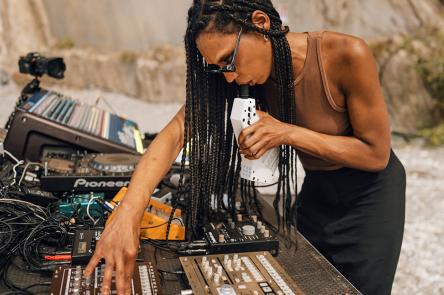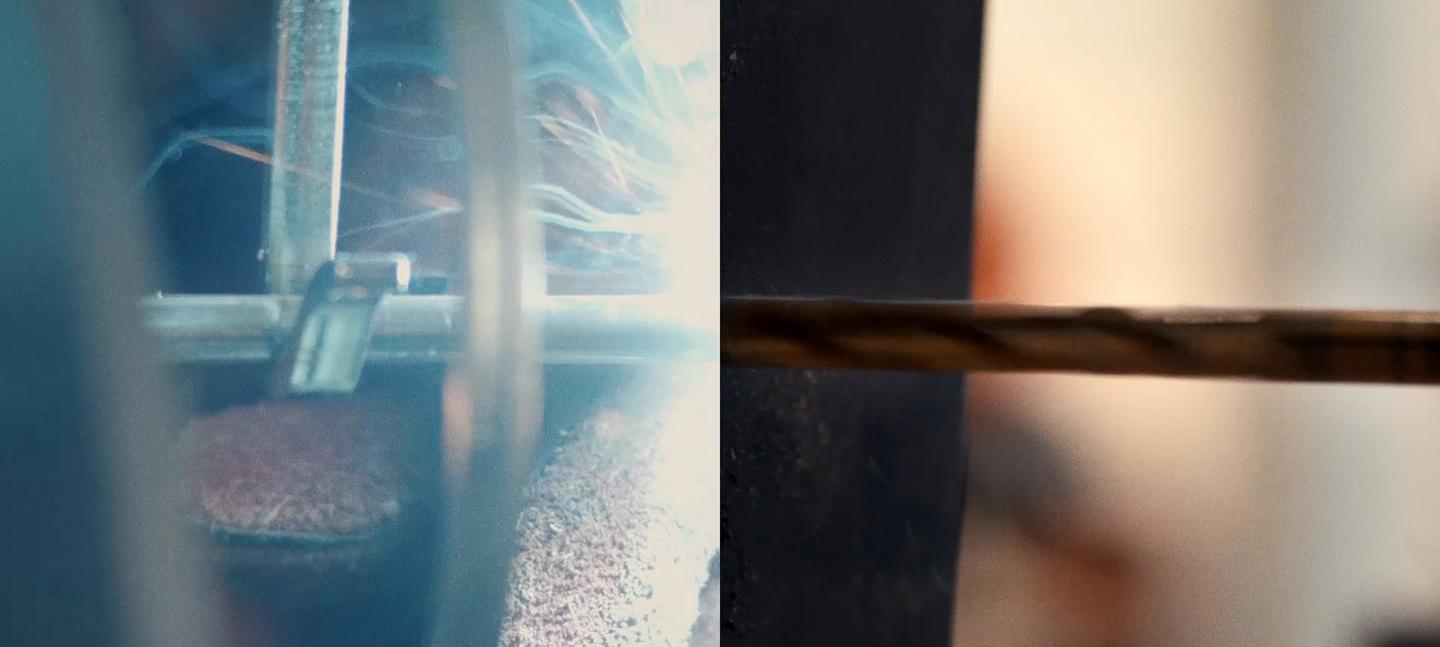
How is the art of breaking rules critical to artistic practice? In this series of films we examine how rebellion sits at the heart of pioneering artistic practice.

How is the art of breaking rules critical to artistic practice? In this series of films we examine how rebellion sits at the heart of pioneering artistic practice.
Rebecca Moss is an artist known for work that draws on a mixture of slapstick and deadpan comedy and the absurd. Whether jumping in a puddle on a pogo stick, constructing a smile machine in her back garden, or ending up stranded at sea, much of Moss’s work is interested in a physical interaction with the natural world – setting up a situation and allowing it to unfold.
Combining a diverse range of media, Simeon Barclay creates reductive, sophisticated works that engage with aspects of aesthetics, British culture, subjectivity, and memory. In this film, shot walking the streets of night-time Leeds, Barclay ruminates on his upbringing, artistic practice and how art has helped him understand his place in the world. Barclay, who often uses neon in his practice, considers the substance’s indefinability; a material of playfulness and deceit.
Babak Ganjei is an artist that lives and works in London, whose practice embraces humour at every turn (Ganjei notably once tried to sell a painting of his credit card back to Barclays for the value of the debt. It didn’t work but he made a “friend”.) Known for his idiosyncratic, text-based paintings, which have come into their own on Instagram, his works are ‘an inner monologue that isn’t an inner monologue anymore’. At the request of the filmmakers, Babak made his own film on why he questions authority.
Working with bright colours, sometimes sickly sweet, Hendry’s work awakes a need to touch and understand the glossiness or rough surfaces of her work. Chaotically toeing the line between seduction and disgust, her works often address digestion, decomposition, and skin as a ‘container’ of the body. On making work, Hendry says ‘you’re thinking with your hands before you think with your head’, and it’s these moments of the unknown, a suspended instance of upheaval, that help guide her work.
Emma Hart predominantly works with ceramics to make sculptures, which include an ongoing series of large glazed speech bubbles. Lately she has been using her ceramic speech bubbles to irreverently explore the pressures of being an artist that comes from a working class background, who as she puts it “operates in the middle class artworld.”
Hart states ‘my class background is held in my mouth, and unfortunately each time I open it I risk being judged. Your mouth holds your upbringing, accidentally spitting out your history’